ChatGPT Teacher Tips #3: Personalized Learning
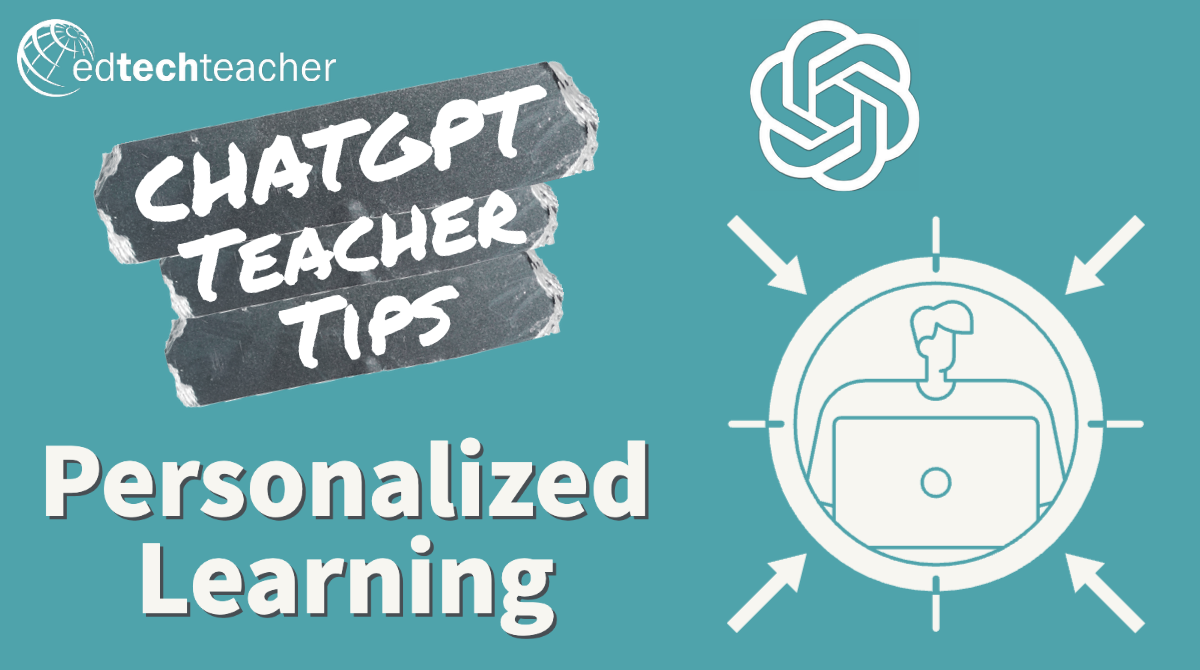
Post by Tom Daccord
[INTRO: A recent national report by the Watson Foundation found that teachers are using ChatGPT more than students and are using it to create new lesson ideas. To help out all of our teacher friends, we are offering a series of posts focused on practical ways that you can use ChatGPT to assist with own lesson design! Each post will focus on a practical strategy for using ChatGPT and will include ideas for both elementary and secondary school teachers. Here is the third part of our series:]Why ChatGPT for Personalized Learning?
With ChatGPT, students can receive tailored support tailored to their learning styles. With its AI-powered platform, ChatGPT can provide an individualized learning path that ensures both engagement and comprehension for each student.
How to use ChatGPT for Personalized Learning
For primary grades, ChatGPT can help build basic skills in math, reading, and writing. Secondary school students can benefit from ChatGPT’s advanced support in history, science, and literature, among other subjects.
As well as providing subject-specific support, ChatGPT can help students develop essential skills like time management, organization, and study habits.
If a student needs help with a particular topic, you can ask ChatGPT for specific personalized learning content. Whether you or your students are constructing ChatGPT prompts, you should think about what context might be necessary to include — ex. student’s age, grade level, and course level — to ensure that the responses are appropriate for the level and abilities of your students.
ChatGPT Examples: Goal, Prompt, Activity
The following examples are outline goals, prompts,
Primary Grades
Multiplication: Imagine a primary school student who has difficulties understanding the concept of multiplication. ChatGPT can create an interactive lesson that teaches multiplication using real-world examples, such as grouping items in sets or counting equal groups of objects. The AI assistant can present the student with a series of questions involving these scenarios, such as “If there are 3 sets of 4 apples, how many apples are there in total?” As the student answers, ChatGPT provides instant feedback, reinforcing correct responses or offering guidance for incorrect ones. As a result of this personalized approach, the student gains a solid understanding of multiplication in a manner that fits their learning style.
Sentence Construction: For a primary school student struggling with sentence construction, ChatGPT can provide targeted support by focusing on grammar, punctuation, and vocabulary. The AI assistant might generate a series of fun, interactive exercises where the student is asked to arrange scrambled words into a coherent sentence or identify and correct errors in a given sentence. The exercises provide the student with immediate feedback and reinforcement, which allows them to improve their writing skills and develop a better understanding of sentence structure.
Fractions: Suppose a student wants to improve their understanding of fractions. To prompt ChatGPT, the user can ask, “Can you help me learn how to add and subtract fractions with unlike denominators?” ChatGPT can then create a step-by-step guide, explaining the process of finding a common denominator, converting the fractions, and performing the operation. Additionally, the AI assistant can provide students with practice problems and provide instant feedback, if necessary.
Secondary Grades
Balancing Chemical Equations: ChatGPT can explain how to balance chemical equations, such as the law of conservation of mass, and demonstrate the process step by step. The program can also generate practice problems so that students can apply their knowledge and receive immediate feedback. Prompt: “Can you help me learn how to balance chemical equations and provide some practice problems?”
Analyzing Themes in a Novel: With ChatGPT you can quickly overview a novel’s plot, characters, and context before diving into its major themes, like racial injustice, moral growth, and empathy. A conversation with the AI assistant can also encourage the student to think critically about the themes and their significance within the story. Prompt: “Can you guide me through analyzing the themes in ‘To Kill a Mockingbird’?”
Solving Quadratic Equations: ChatGPT can present various methods for solving quadratic equations, such as factoring, completing the square, and the quadratic formula. it can provide step-by-step examples as well as practice problems that the student can solve, providing guidance and feedback throughout. Prompt: “Can you help me learn different methods to solve quadratic equations and provide some examples?”
Understanding the French Revolution: ChatGPT can provide an overview of the French Revolution’s leading events, causes, and consequences, highlighting how social, political, and economic factors contributed to the revolution. It can also facilitate discussions, encouraging the student to think critically about the Revolution’s lasting impact on France and the world. Prompt: “Can you explain the main causes and consequences of the French Revolution?”
Newton’s Laws of Motion: ChatGPT can explain each of Newton’s three laws of motion, using simple language and illustrations to make the concepts more accessible. It can also provide real-life examples, such as the effect of seat belts in a car crash or the forces involved in kicking a soccer ball, to help the student grasp the laws’ practical applications. Additionally, the AI assistant can offer practice questions to reinforce the concepts and provide feedback on the student’s understanding. Prompt: “Can you help me understand Newton’s Laws of Motion and provide some real-life examples?”
As for honing essential skills, ChatGPT can create customized study schedules, provide reminders for upcoming assignments, and suggest effective study techniques based on the student’s learning style.
Here are three examples:
Time Management: ChatGPT can provide tips and strategies for effective time management, such as setting priorities, breaking tasks into smaller chunks, and avoiding procrastination. Based on the user’s exam schedule and study goals, the AI assistant can create a personalized study plan, allocating time for each subject and incorporating breaks to prevent burnout. The AI can also offer reminders and progress tracking to keep the student on track. Prompt: “Can you help me improve my time management skills and create a study schedule for my upcoming exams?”
Note-Taking Techniques: ChatGPT can introduce various note-taking methods, such as the Cornell, outline, and mind-mapping techniques, explaining the benefits and drawbacks of each approach. The AI assistant can provide examples and tips on how to implement these techniques during lectures or while studying from textbooks, allowing the student to choose the method that works best for their learning style. Prompt: “Can you suggest some effective note-taking techniques to help me retain information better during lectures?”
Remember, ChatGPT may not always respond exactly as you expect. However, with a bit of creativity and effective prompts, ChatGPT can be a useful and engaging tool for creating personalized learning environments for your students.
–by Tom Daccord, with help from ChatGPT
Interested in learning more about ChatGPT and AI in Education? Our summer learning pass includes an amazing new course designed specifically for teachers interested in these emerging AI technologies! Learn more about the course and sign up for our summer learning pass today! (Group registration discounts available.)
Recommend0 recommendationsPublished in Leadership Voices

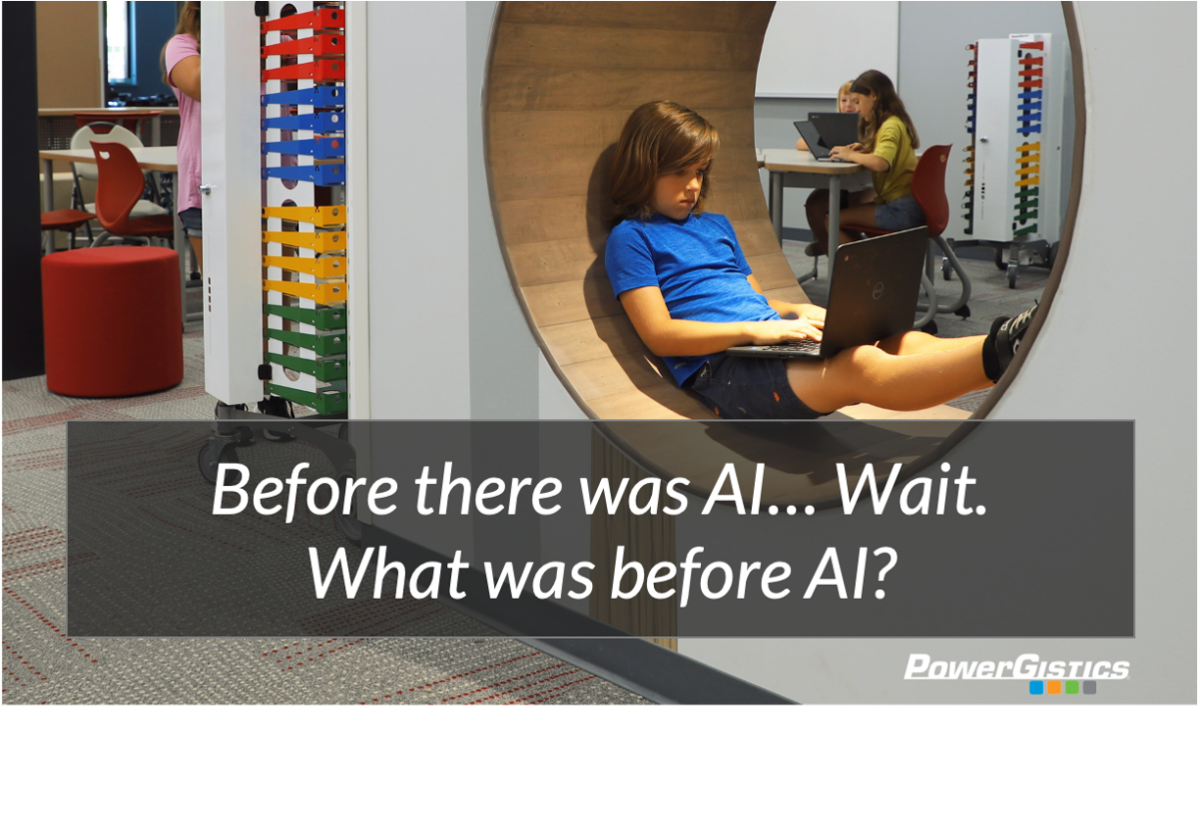
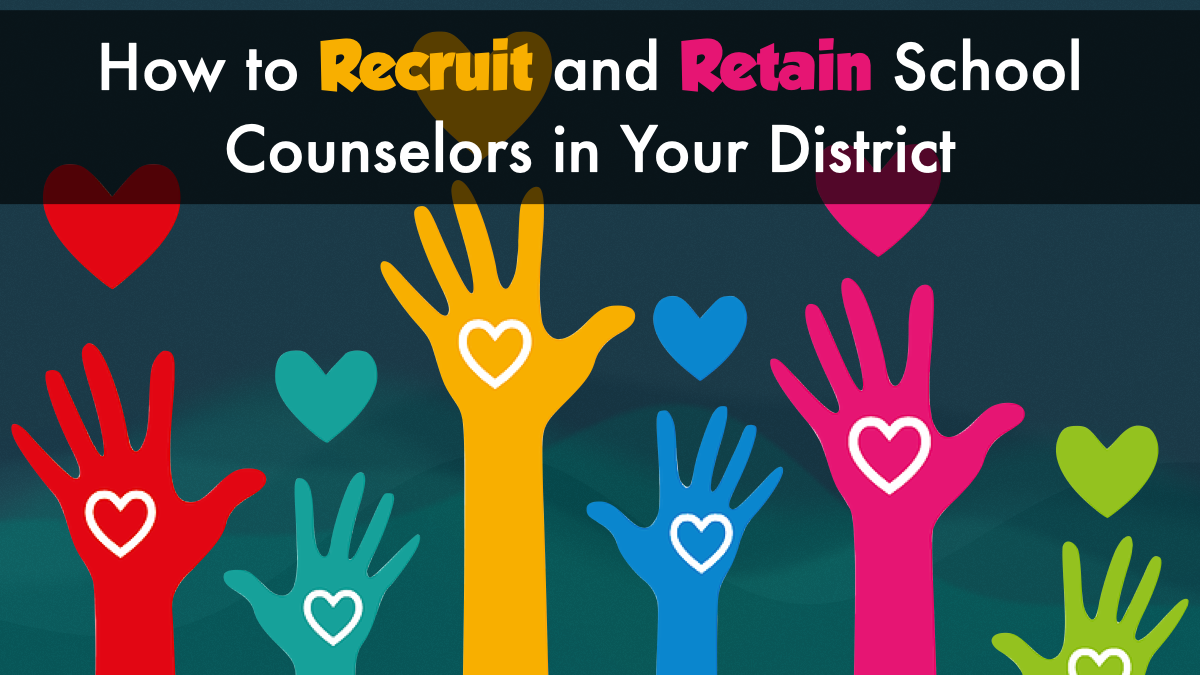
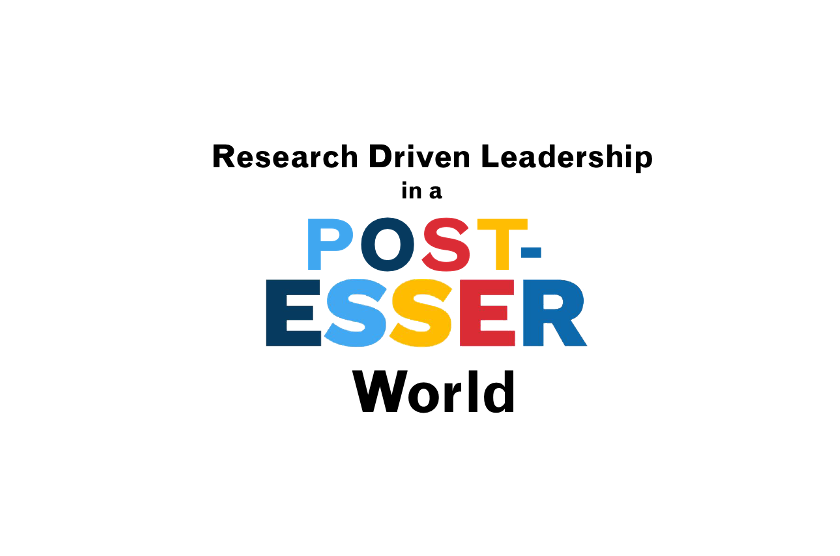
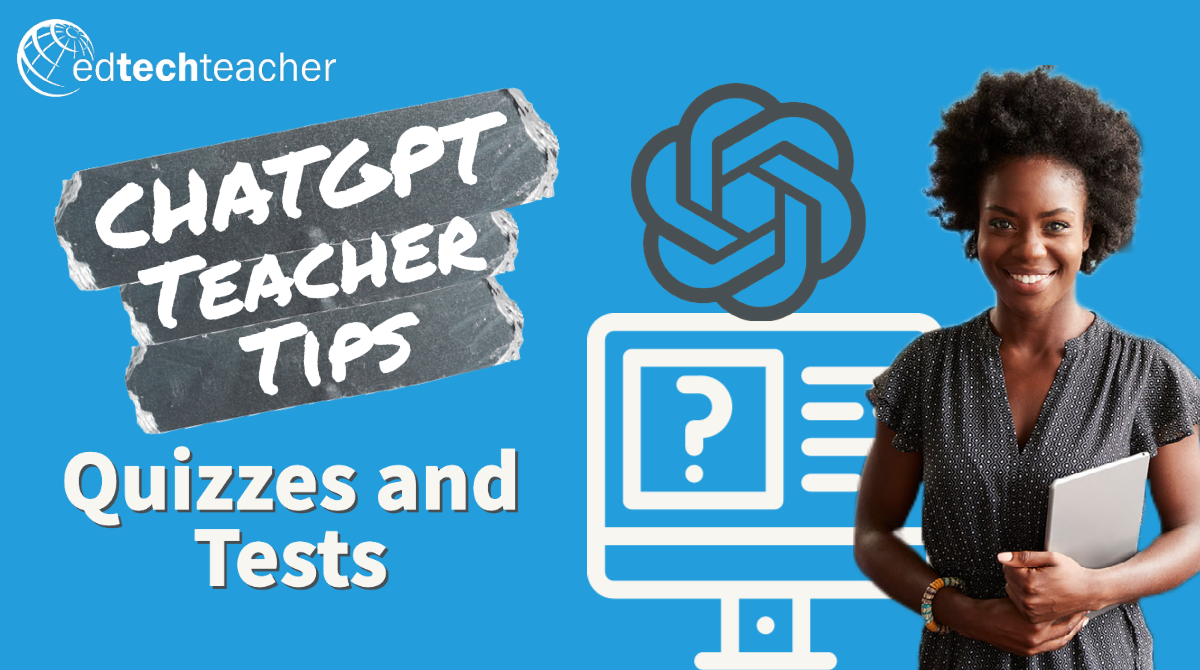

Responses